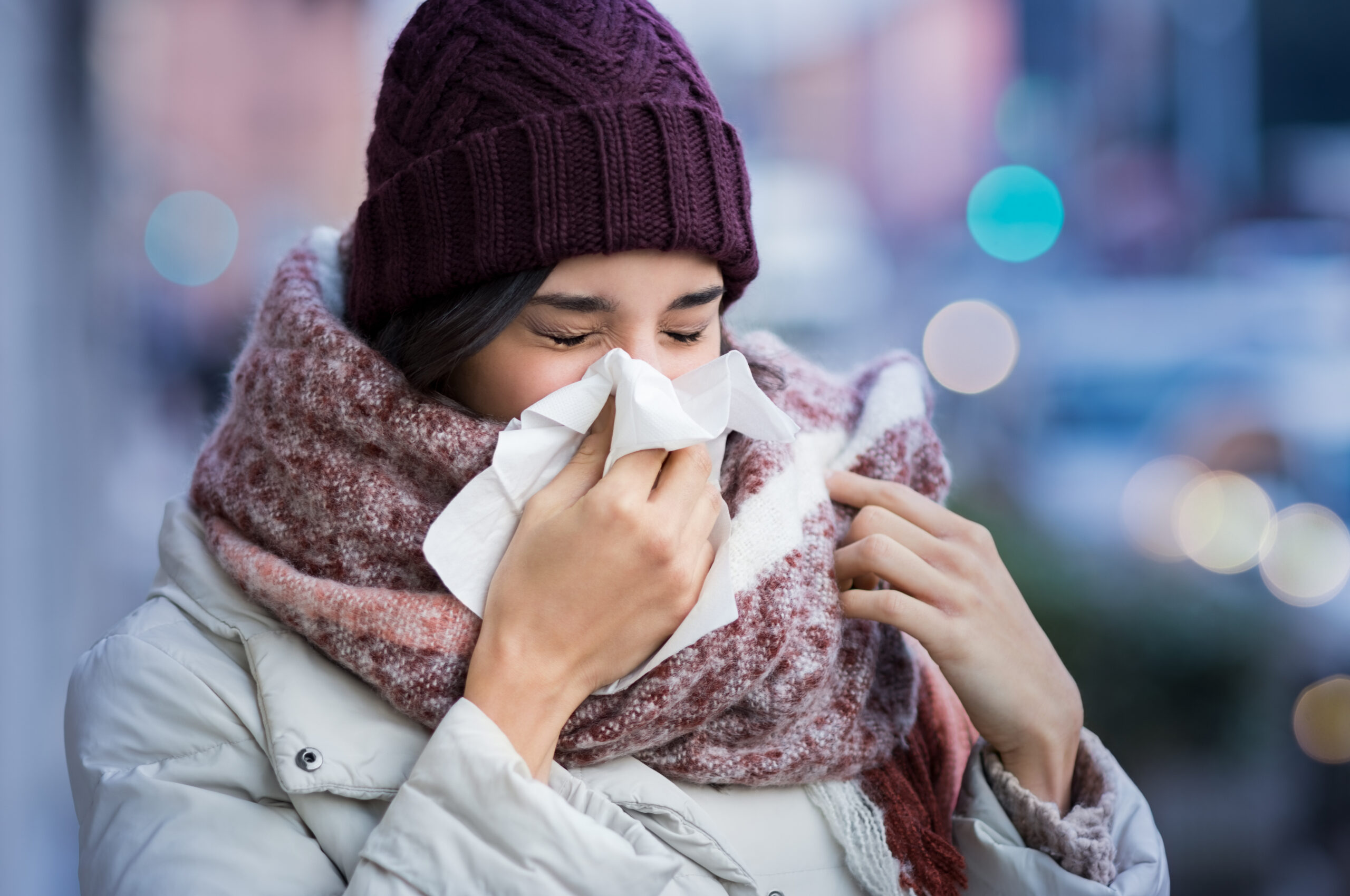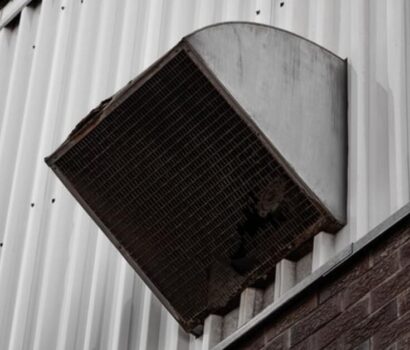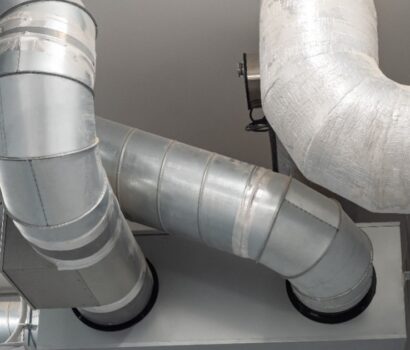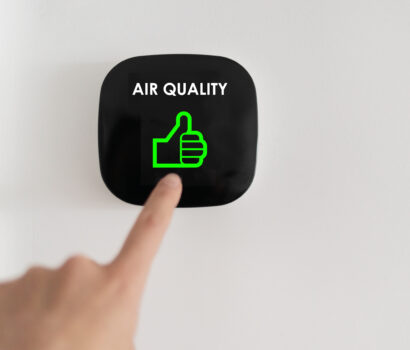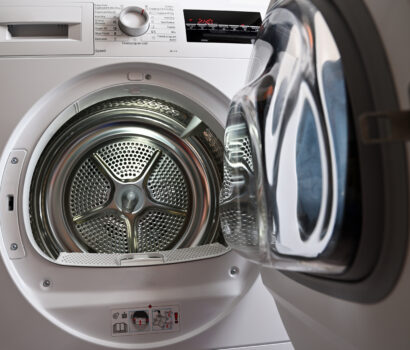Living in Pittsburgh comes with plenty of perks. Not all cities have the classic neighborhoods, the riverside parks, and a sense of friendliness like we have here. But once allergy season hits, it can feel like the city’s trees, grasses, and even your own living room are out to get you. If you’ve ever woken up congested, itchy, or sneezing despite hiding indoors, you’re not imagining things. Pittsburgh’s climate hands us a unique set of seasonal allergies.
This post will discuss how seasonal allergens get into our homes, affect with the indoor air, and, most importantly, what simple changes you can make to breathe easier.
Understanding Seasonal Allergens in Pittsburgh
Before we dive into solutions, it helps to know exactly what’s swimming in the air around here. Pittsburgh’s geography and river valleys mean pollen and mold spores tend to linger, so we can’t just blame spring. Allergies can flare up any time from late February all the way into November.
Why does it matter? If you know which allergens peak and when, you can time your prevention tactics and get actual relief instead of just guessing.
Common Outdoor Allergens in Pittsburgh
Here’s the local rundown:
- Tree pollen: Kicks off in early spring (think: maple, birch, oak). It hits fast when the city finally shakes off winter.
- Grass pollen: Takes over from late spring into early summer.
- Ragweed: Shows up in full force from late summer through early fall.
Sometimes, you can walk outside on a breezy day and see the yellow pollen coating your car. It’s that intense.
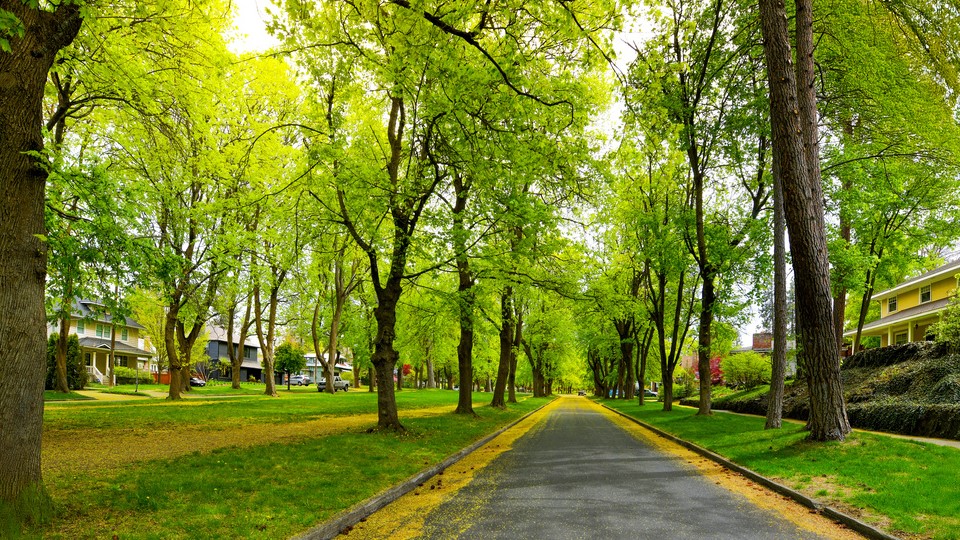
Indoor Allergen Sources
Outdoor allergens can make it inside, but our own homes add to the mix, especially in a city like Pittsburgh where we have a lot of older homes.
- Dust mites: Thrive in soft furniture and bedding.
- Pet dander: Pets are a big source of allergies.
- Mold: Humid summers and damp basements create a perfect environment for mold growth.
Recognizing these sources is the first step toward kicking them out of your living space.
Top Tips to Reduce Seasonal Allergies in Pittsburgh
1. Keep Up with Dusting and Vacuuming
Dust can build up fast in a city like Pittsburgh, especially during allergy season. Use a vacuum with a HEPA filter once or twice a week to trap allergens instead of sending them back into the air. When it’s time to dust, go with a damp microfiber cloth so the particles stick instead of flying around.
2. Wash Bedding and Curtains Often
Your bed should be a safe zone, not an allergy trap. Change your sheets and pillowcases every week to cut down on dust mites and pollen. Curtains and blankets also collect allergens, so toss them in the wash at least once a month.
3. Watch for Moisture and Mold
Pittsburgh’s humidity, especially in older homes and basements, makes mold a common indoor allergen. Use a dehumidifier in damp areas to keep humidity levels between 30–50%. Clean bathroom surfaces regularly and don’t ignore that musty smell
4. Manage Pets with Allergies in Mind
Pets are lovable, but they shed more than fur. Bathe and brush them regularly to minimize dander.
5. Be Smart About Laundry and Clothing
Pollen clings to clothes, especially after outdoor activities. Store used clothes in a hamper instead of dropping them on furniture or your bed.
How to Improve Indoor Air Quality
Even with the best entryway defense, some allergens will still sneak through. Good air quality can make all the difference, and Pittsburgh’s variable climate can make indoor air quality more of a challenge than you’d think.
Air Purifiers and Filtration Systems
- Opt for HEPA filters: They really do work.
- Strategic placement: Focus on bedrooms and living spaces, where you spend the most time.
- Stay on top of maintenance: Even the fanciest purifier can’t help if you forget to change the filter.
Regular HVAC Maintenance
- Change filters every 1–3 months.
- Schedule air duct cleaning (especially if you notice visible dust or pet hair collecting at vents).
- Get a professional air quality test. Sometimes, older homes hide issues deep in the ducts.
Managing Humidity Levels
- Use dehumidifiers, especially in basements and bathrooms.
- Keep indoor humidity between 30–50%. Any higher and mold can start to thrive.
Quick anecdote: High humidity can cause increased levels of mold. If you notice peeling wallpaper or other damp areas in your home, you may need a mold inspection.
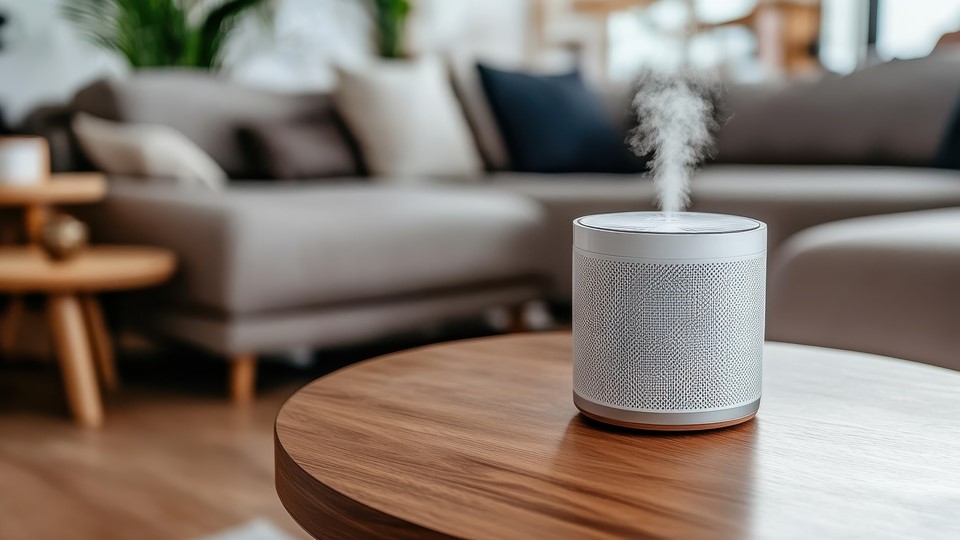
When to Seek Professional Help
Sometimes, even the cleanest home can’t escape stubborn allergens. Here’s how to know when it’s time to bring in more help.
Signs You Need Mold Remediation
- A musty smell that won’t fade.
- Visible mold spots especially around windows or in the basement.
Consulting Allergy Specialists
- Persistent allergy symptoms, despite your best efforts, call for expert help.
- Allergy testing can pinpoint exact triggers so you stop guessing and start treating.
Frequently Asked Questions (FAQs)
Typically, tree pollen peaks in March through May, grass pollen in May and June, and ragweed from August through October. However, local weather shifts can stretch these seasons.
Some houseplants purify air, but a few can promote mold if overwatered. Stick with easy-care, dry-tolerant plants, and avoid letting soil stay damp.
Aim for every 1–3 months, depending on family size, pets, and allergy sensitivity.
Keep Your Seasonal Allergies at a Minimum
Managing seasonal allergens in your Pittsburgh home isn’t about overhauling your life. It’s about a few mindful changes that add up. Keep your windows and doors sealed during pollen peaks, stick to a regular cleaning routine, and give your HVAC and air purifiers proper care. Watch humidity and if you suspect mold, consider a mold test.
Breathing easy in Pittsburgh isn’t out of reach, even during allergy season. Just a little know-how and a few new habits can make your home feel like the comfortable place it should be.
